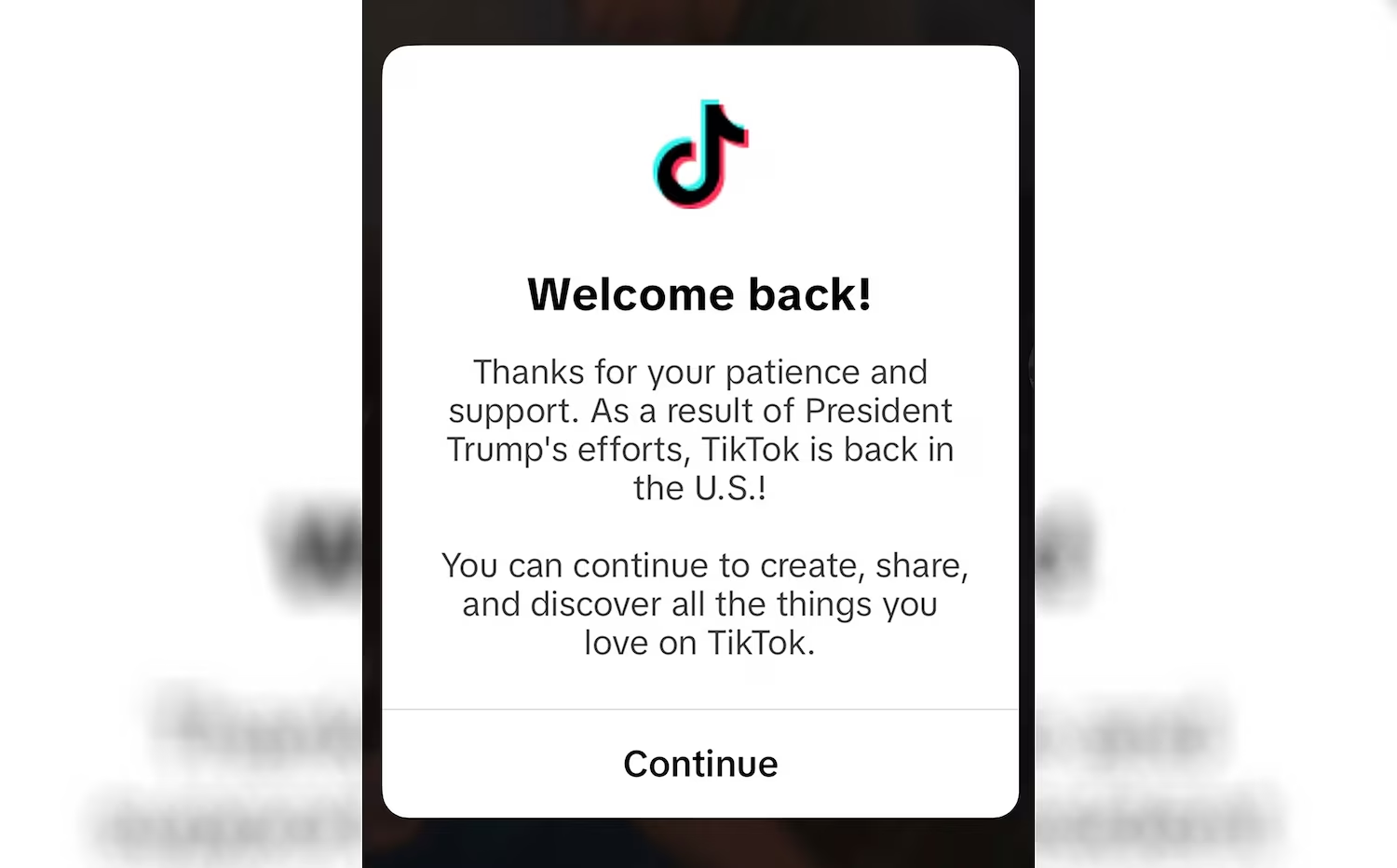We received this communication with a request that we post it. Sure. Why not?
As an attorney who came up through the SAO, it saddens me to see things like what just happened in my case with Michele, Khurrum, and Alyssa. Luckily, we were able to achieve a positive result for the clients.
First things first, though: I’d like the focus at the moment to shift away from “More Shame for the Dade SAO,” as your January 16, 2025, post is titled. Instead, I’d like the spotlight to be on Assistant State Attorneys Casey Hughes and Alejandra De La Fuente.
Casey has been dealt the short end of the stick for some time, often left with the dumpster fire work of her predecessors in the last two homicides I litigated with her. All I’ve seen from Casey is the work of a responsive prosecutor who puts in more effort than many of the “2600 billable hour” civil attorneys—all while making a fraction of the pay. When Casey discovered the issue in this case after hours (around 8 PM the night after jury selection), she immediately dismissed it the following morning. Her concern shifted instantly to explaining and consoling the next of kin about what she was about to do. Acknowledging that your office made a mistake and taking responsibility for someone else’s improper behavior has to be one of the hardest conversations a prosecutor can have with a next of kin.
Casey wasn’t having any of this nonsense, and I believe she should be recognized for her actions so that prosecutors in the office can look to her as a model—not just for how to ethically handle their role as prosecutors, but for how to be an attorney. When we focus solely on the bad apples, we perpetuate the culture of negativity that surrounds the office. This negativity, in turn, deters good and ethical prosecutors from potentially joining their ranks. If the defense bar cannot compel the office to remove bad apples, the next best option is to highlight the good ones.
Highlighting the good will reap long-term benefits. On this case, I saw Alejandra prepare for her first homicide as a prosecutor. For anyone who has done that, you know it’s a huge milestone and often a goal for those joining the State Attorney’s Office. While the case was overly weak, she worked tirelessly to get ready. The emotions she must be experiencing right now have to be on another level—building a relationship with the next of kin who have been shuffled between prosecutors, practicing her opening statement for days on end, and learning the file inside and out—only to find out 30 minutes before opening statements that all her hard work was derailed by a “win-at-all-costs” culture from a former colleague.
This was one of those “grow up” moments for Alejandra that was completely out of her control, but it will become the foundation that makes her an excellent Division Chief (and likely a judge someday).
So, when you see Casey or Alejandra in court, know that they are some of the good ones we should want to see more of. The office isn’t known for giving pats on the back (outside of the self-promotional all-office emails they force you to send about a trial victory), so I’m sure they would appreciate the acknowledgment—even if they won’t admit it.
Second, these Brady/Giglio issues can be fixed. 100%. The process of notifying the defense about Brady violations has been broken since I was at the office, and it has not changed. Typically, when a Brady violation comes to the office’s attention, a notice is generated and sent only to the ASAs handling cases involving that witness. This process is also limited to police officers. On its face, this system may seem fine. However, once that officer resumes working cases, no new Brady notice is generated. When Officer X is back on the road six months later and involved in a new investigation, the ASAs handling that case will likely be clueless about the prior violation (unless they happen to check COP search and generate the notice themselves).
The easiest fix? Since the SAO keeps a list of all pending Brady investigations, post it on the SAO website and update it daily. While notices would still be nice, this approach ensures everyone has access to the information in real time.
For emails on old cases, the SAO should institute a system where all case-related emails are automatically archived in the electronic file of the case (in v-case). When someone sends an email about a case, they should BCC an address like F2500350@miamisao.com, so the email is automatically filed under its proper case. Yes, this requires ASAs to be honest and document communications properly (though nothing stops someone from using personal email), but implementing a system like this would be a significant step forward. I’m confident there are civil firms with similar programs in place.
I honestly have no clue whether anyone of importance from the office has reached out to those who have left in the last decade to ask for suggestions. As far as I know, there’s no exit survey.
This is my two cents, for what it’s worth. Again, thank you to everyone for the well wishes. I think Michele, Khurrum, Alyssa, Casey, Alejandra, myself (and probably Judge Tinkler-Mendez, though we all know she doesn’t take breaks  ) need a nice weeklong cruise along the Gulf of America.
) need a nice weeklong cruise along the Gulf of America.
Adam K. Goodman
The Law Office of Adam K. Goodman



